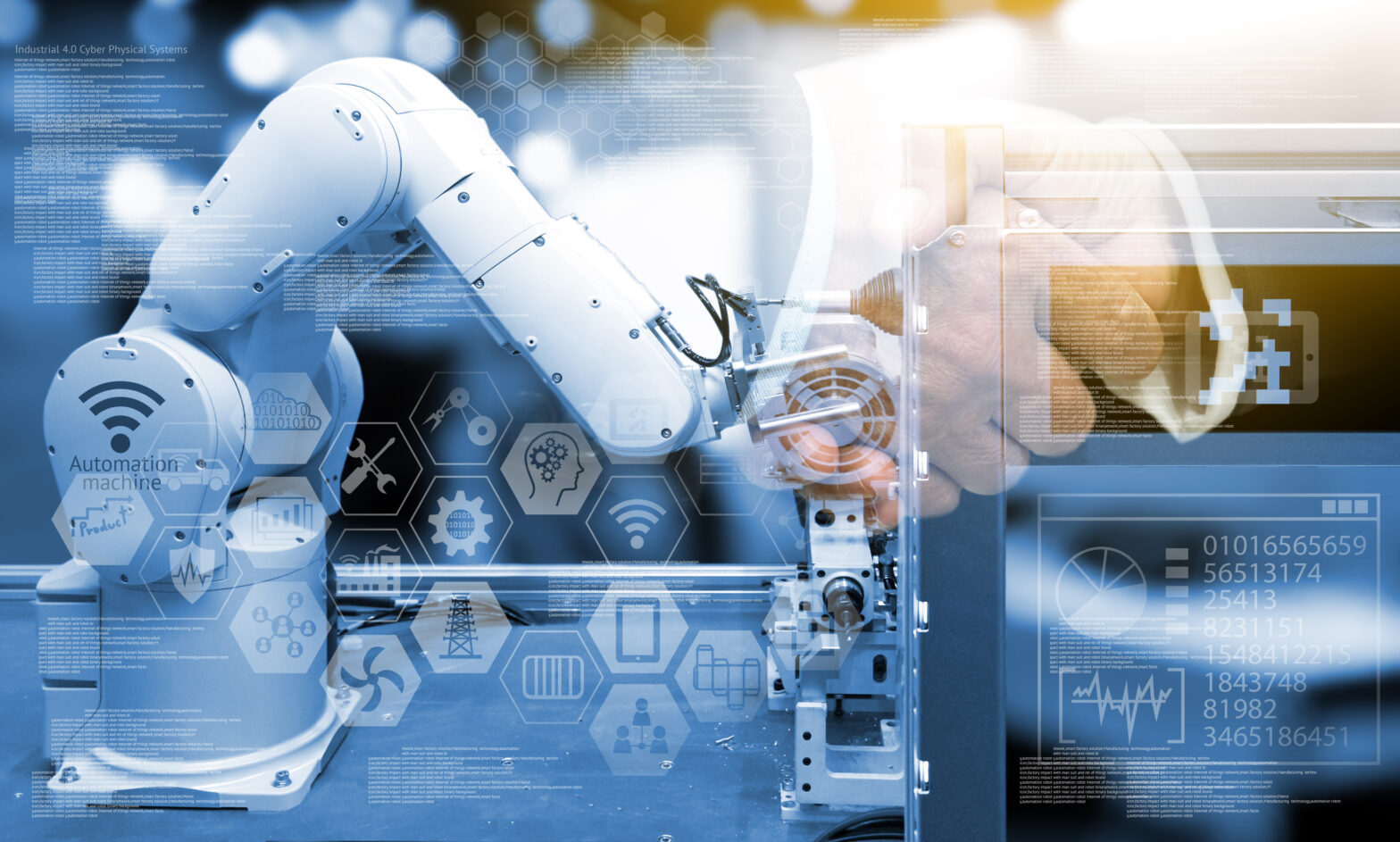Developments in automation and artificial intelligence (AI) are taking root in the business world, marking the beginnings of what could be the most significant technological revolution since the invention of the internet in the 1980s. At a time when consumers expect a service that can be accessed conveniently and seamlessly at the touch of a button, the starting gun has been fired in the race for a new wave of technological innovation – one where the front-runners are rewarded with increased market share and efficiency.
Small businesses are leading the charge compared to their mid-sized rivals, with research showing they are more likely to have already automated parts of their business (18 per cent) compared to mid-sized businesses (15 per cent). This is despite 26 per cent of mid-sized businesses stating that a significant proportion of their operations could be automated, compared to 13 per cent of small businesses.
This suggests that, while there is more room for mid-sized companies to automate processes, smaller businesses seem to be more open to doing so. There are a number of factors that could explain this trend, including the fact that many larger businesses are weighed down by legacy systems, making it more difficult and costly for them to implement new technologies.
That said, adoption of these new technologies is still fairly low across the board. At a time when business costs are increasing and widespread economic uncertainty is causing many to be more hesitant to invest, putting more money into the company may seem daunting and counter-intuitive. Additionally, technologies such as AI and machine learning are still in their early stages, posing challenges that are holding many companies back from investing in them.
However, investing in this area early can pay dividends over the long-term and give businesses a competitive advantage. While small to medium sized employers (SMEs) themselves are unlikely to be able to match the level of investment being made to develop new AI technologies such as driverless cars and drones, there are other things they can do. For example, using AI tools on their website to answer online questions from customers can be a good way to reduce costs over the long-term and improve customer service.
Despite this, when SMEs are investing in new technologies the most important consideration is not necessarily how much they invest or which technologies they adopt. Up-skilling their workforce to adapt to this change is also crucial.
The workforce key to automation
There is a mismatch between how workers see their roles in the future and reality, according to our research. When we asked workers about their attitudes towards automation and technological innovation in the workplace, only 38% of workers think a portion of their roles will be automated in the future and 26 per cent of workers hadn’t even considered the impact of automation on their jobs. However, almost 62% said sections of their operations could be automated in the next five years. While some companies are investing in automation, the workforce is often not given the same level of focus.
When it comes to automation, SMEs can learn from larger businesses. I recently spoke with a globally renowned company that ran an AI programme to produce financial reporting and forecasting; a function previously delivered manually. The use of AI accounted for two peoples’ work over the course of two days, compared to 800 employees taking a month to do the same analysis previously. The output of this exercise was more accurate forecasting and a huge reduction in people hours. This also meant that these employees’ roles could be re-purposed, focusing their time on adding value to the business by using the insights at their disposal to feed into the business decision making process.
This truly illustrates how new technology is changing workers’ roles within businesses by placing more emphasis on skill sets in areas technology cannot address, such as judgement, leadership, empathy and creativity. However, despite this shift, our research shows that one in four workers have not participated in any in-work learning in the past year.
Without a change in attitude towards learning, businesses will not be able to reap the full benefits of new technologies. Despite this, a 2017 Chartered Institute of Personnel and Development (CIPD) report found that UK employers spend less on training than other major EU economies and less than the EU average. **
It is crucial that businesses do not neglect the workforce when investing in the business to prepare for the future. While employees need to be proactive and take hold of their careers, businesses must also provide them with the tools they need to do so. Unless businesses adapt, there is a significant risk that they will fall behind their competitors.
* Mind the Skills Gap – CIMA
** From ‘inadequate to ‘outstanding’: making the UK’s skills system world class, CIPD – [pdf]





